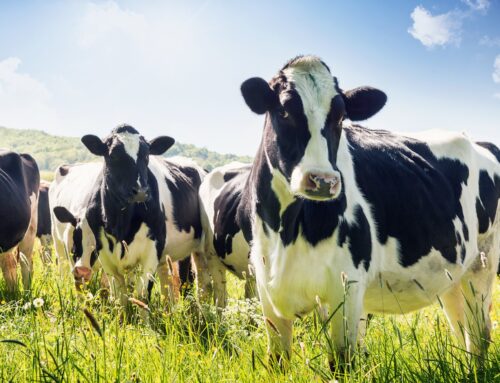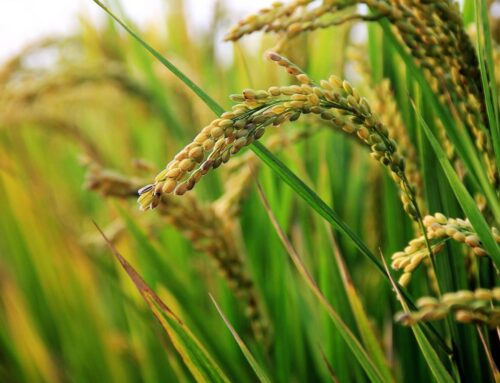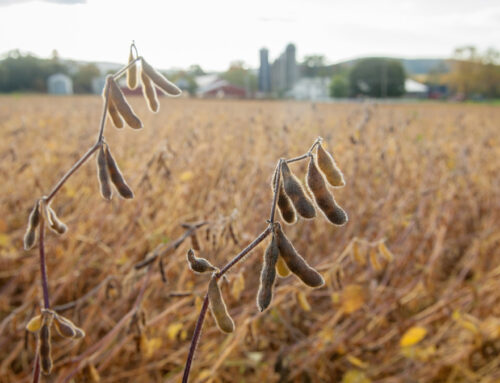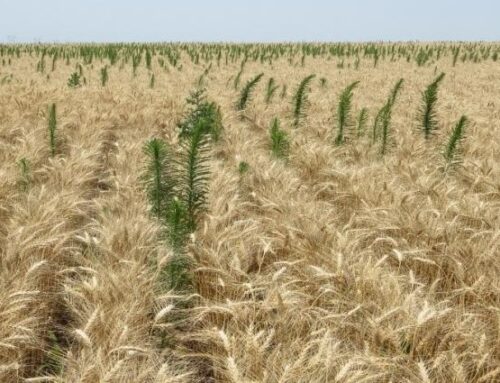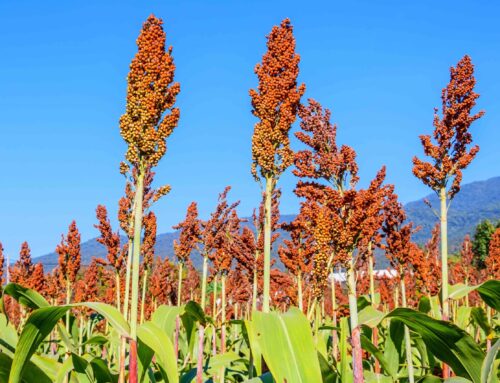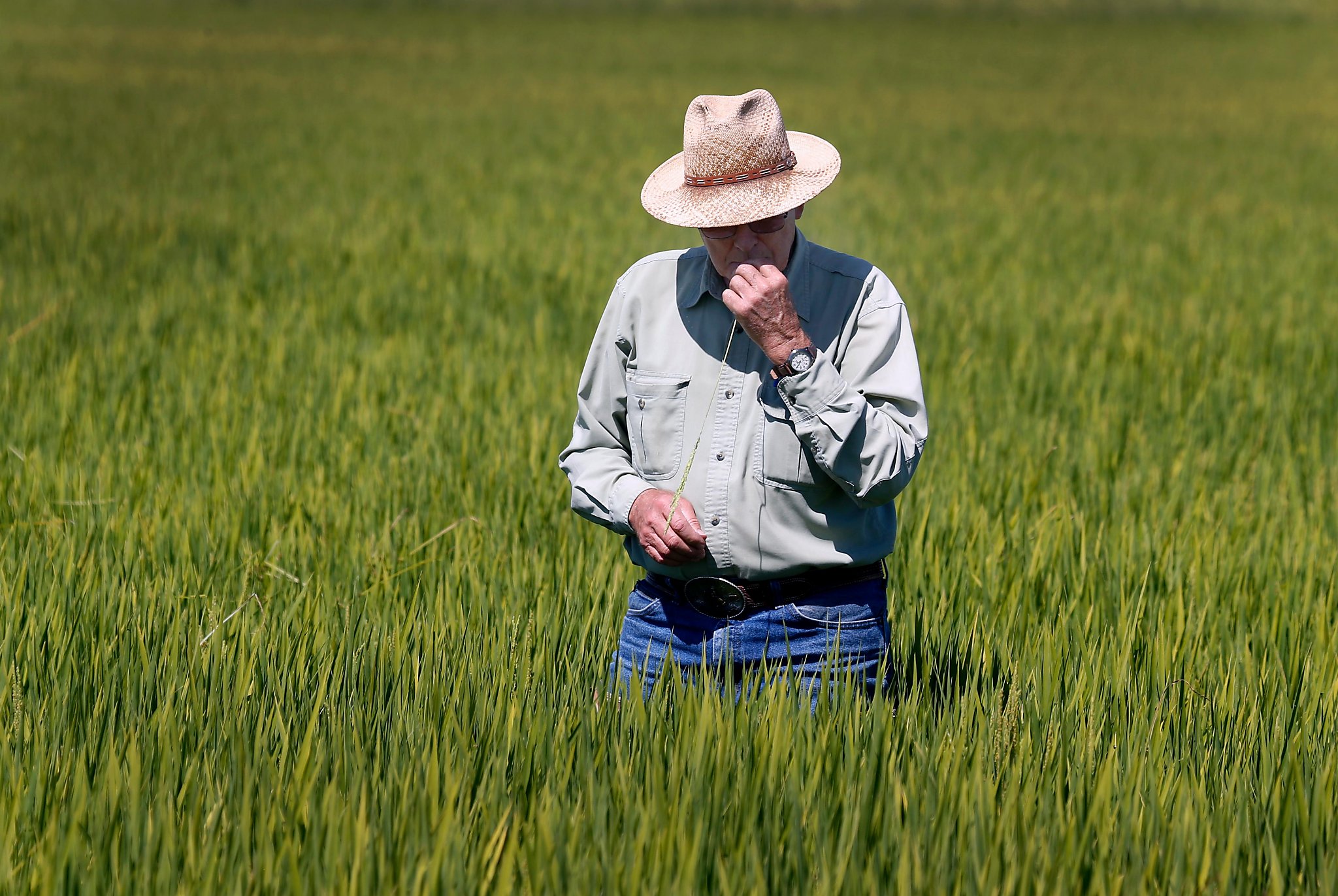
Some agronomists talk about needing lime at soil pH levels of 6.5 to 7.0 so key macronutrients are available for plants. They note that at pH readings in the 5s, these nutrients may not be as available. In the real world, pH in some areas may be 6.0 to 6.5. Can you live with those levels?
Jim Camberato, Purdue University Extension soil fertility specialist, provides answers to that question and more real-world situations:
Most pH levels are 6.0 to 6.5 on fields for corn and soybeans. Should the pH be raised? No, you should be in good shape. Nutrient availability is only one part of the pH equation. We normally say that if you are at 6.0 to 7.0., or even above 5.8 on most soils, you’re in pretty good shape.
Our major concern when pH drops below 5.8 is that aluminum becomes more available in soil solutions. Too much aluminum restricts root growth. The farther below 5.8, the more it becomes available, and the bigger the risk.
If some soil zones are at 5.4 to 5.6, should some lime be added now and more later? Yes, especially if they’re mineral soils and not high-organic-matter soils like mucks. At those levels, it’s time to begin correcting pH levels now.
Are there differences between tillage systems for pH levels? You may want to pull the trigger and apply lime a bit quicker in no-till. If it’s all no-till, consider lime once pH drops below 6.0. When lime is applied on top in no-till fields and not incorporated, it takes longer for ag lime to work into the soil. It moves down about 2 inches in a year. At the same time, if you’re applying nitrogen at 4 to 6 inches deep, acidity begins building up there. If you wait until the pH drops into the 5s, it can be hard to catch up since lime is applied on top.
Are there differences between crops in where pH levels should be? Yes, with alfalfa being the major cash crop here that needs a higher pH. For corn and soybeans, we recommend the 6.0 to 6.5 pH range as adequate. If alfalfa is in the rotation, shoot for 6.5 to 7.0. You may also want to pull the trigger on lime at 6.0 instead of 5.8 with alfalfa in the mix.
Is there risk of raising the pH level too high? Yes, especially for corn and soybeans. If you get above a pH of 7, zinc and manganese become less available. You could run into deficiencies.
If soils test high to very high in phosphorus and potassium, is it OK to skip this year on phosphate and potash? In general, I would say yes. You apparently followed a buildup strategy, and the point behind it is so you have flexibility to cut rates or skip a year when money is tight and/or fertilizer prices are high. Conversely, if there are low-testing areas, more likely on rented ground, those should show a yield response this year for P and K fertilizer, assuming both are in the low or very low ranges.
Read the original article – CLICK HERE
